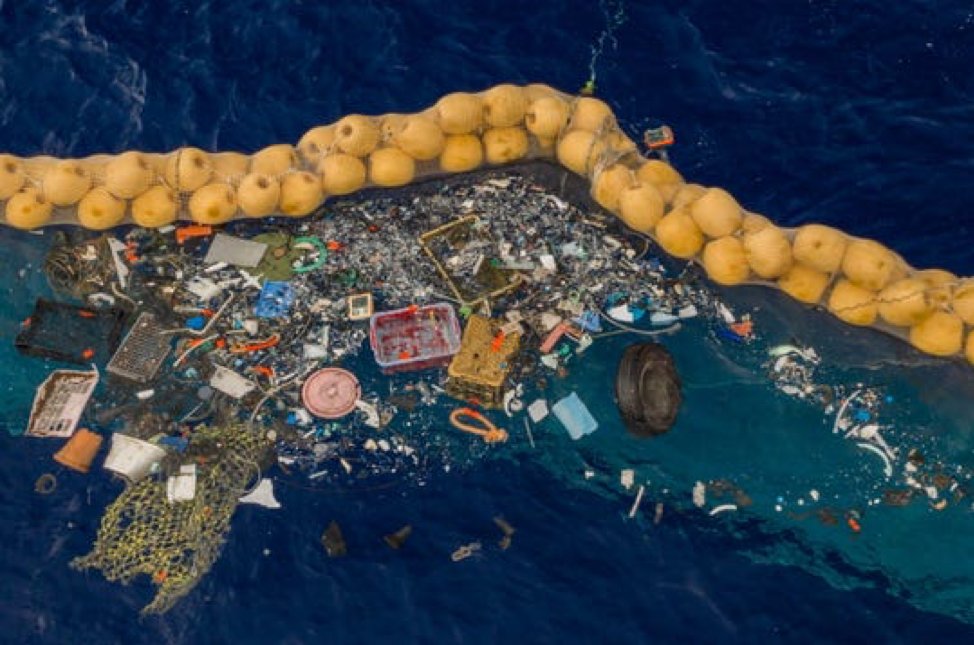A Whole New World
By MCKENZIE SOMERS

In the modern world of journalism, there are a plethora of mediums in which a journalist can utilize to write their stories. This is important because the medium that a journalist chooses completely changes the experience for the readers. Depending on where they are, what they are doing, and who they are, readers are attracted to different journalist mediums. Two important mediums are print and radio. They both have their positive and negative aspects, however, they both have the potential to have huge impacts on their audiences. Each of these mediums are able to transport readers to completely different worlds of view even when they are reporting on the same things so, go ahead and grab your sweater. It’s time to join me on a magic carpet ride through the amazingly different worlds of print and radio stories.
Print Stories
Specifically, print stories are stories that you are meant to read, this includes physical papers and online written news stories. The main attraction of print stories is their accessibility. Readers are able to skim through dozens of pages of information within seconds, just by looking at the headlines and photos (Dear and Scott 2015). Not only are print sources relatively cheap, but you can read them almost anywhere. Physical newspapers are very cheap and as long as you have your smartphone with you, then you can read news stories wherever you are. Print stories also keep your reading experience distraction free. With the text right at your fingertips, you can reread that paragraph you keep zoning out on as many times as you’d like and never miss important information because it never leaves the page, or the screen (Dear and Scott 2015).
Radio
An amazing aspect of radio stories is the experience. While print stories can give you a lot of details, radio stories let you experience the action in a very unique way. They give you sound. This is important because now you can experience the tone of the person speaking, which print lacks, and it lets you in on the setting (Dear and Scott 2015). If you can hear the whistling wind of an impending disaster then you can much more easily envision the tornado creeping up behind you, giving you that little taste of fear that those experiencing the disaster are probably feeling. Not only do radio stories help you feel a little bit more connected to the story, but they are also just as readily accessible as print sources. Now you can listen to a story while you are driving to work, working out, or doing yard work. No need to stop everything to read a long article. However, this can also be a disadvantage (Dear and Scott 2015). While print keeps readers’ eyes on the prize, radio stories allow for distractions to slip in easier. This means you could potentially miss some important information that you can’t rewind to find.
The Cleanup of the Great Pacific Garbage Patch
The NPR broadcast of this story utilizes soundbites from Boyan Slat himself. This was very beneficial to the overall tone of the piece. It is about celebrating his success, however, it also celebrates and outlines his journey. The soundbites allowed me to understand the way that Slat must have been feeling when they hit setbacks or had major breakthroughs. The radio medium had a big personal impact for me and helped me develop an emotional connection to the story. However, the broadcast describes images of what plastics they were able to catch, but I couldn’t see them for myself.
Though I didn’t feel as emotionally connected to the story while reading it from USA Today, I was able to experience aspects that I couldn’t while listening. While I was moved by the soundbites in the NPR broadcast, I was also moved by the photos of the plastics that the cleanup system was catching in the article. I was also able to learn a little bit more in terms of how the system works and some of the longer term goals and plans, such as the plan to design a second system.

Both the NPR broadcast and the USA Today article were really impactful in the ways in which they conveyed the same story. Neither was better than the other and this is because of how situationally dependent the type of medium is. Had I been driving to school and heard the NPR broadcast I would have been just as excited to learn about it as I would if I just stumbled across the USA Today article on my news feed. With that being said, both of these reports made me want to learn more and do more research, isn’t that the goal of a good news story anyway?
Want to Learn More about the Great Pacific Garbage Patch? Click here!
Sources
Dear, J., and F. Scott. 2015. The Responsible Journalist: An Introduction to News Reporting and Writing. Oxford University Press. Print.
Martin, M. 2019. Ocean Cleanup Project Finally Collects Plastic From Great Pacific Garbage Patch. Audio Report. NPR.
Rice, D. 2019 Great Pacific Garbage Patch cleanup is underway, finally. Accessed October 8, 2019.